Dried dill and dill weed are NOT the same thing—this is the critical distinction every home cook needs to know. Dill weed refers to the fresh or dried leaves of the dill plant (Anethum graveolens), while dried dill specifically means dehydrated leaves with moisture content below 10%. Swapping them incorrectly can ruin your dishes, but knowing exactly when and how to substitute saves your recipes. Here's what actually matters for your cooking:
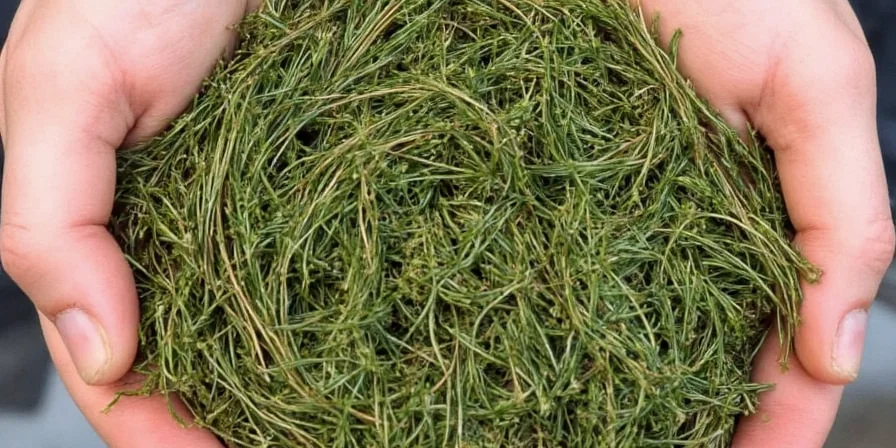
| Key Difference | Dried Dill | Dill Weed |
|---|---|---|
| What It Is | Dehydrated leaves only (moisture <10%) | Fresh or dried leaves/stems (never seeds) |
| Flavor Profile | Earthy, warm notes (higher carvone) | Bright citrus burst (38% more limonene) |
| Best Used In | Slow-cooked dishes, pickling brines | Finishing dishes, raw sauces, dairy applications |
| Substitution Ratio | 1 part dried = 2.5 parts fresh | 1 part fresh = 0.4 parts dried |
| Shelf Life | 6 months (refrigerated, vacuum-sealed) | 3-7 days (refrigerated in water) |
Can You Substitute Dried Dill for Dill Weed? (The Real Answer)
You can substitute only with precise adjustments, and never in traditional recipes where authenticity matters. Here's exactly when substitution works and when it fails:
- Successful substitutions: In soups/stews where flavor penetration matters more than freshness (use 1 part dried for every 2.5 parts fresh)
- Failed substitutions: In tzatziki, borscht, or tarator—dried dill creates bitterness in dairy and lacks fresh dill's enzymatic activity
The molecular reason? Fresh dill weed contains volatile oils that evaporate during drying, while dried dill develops new compounds through Maillard reactions. This isn't preference—it's food chemistry.
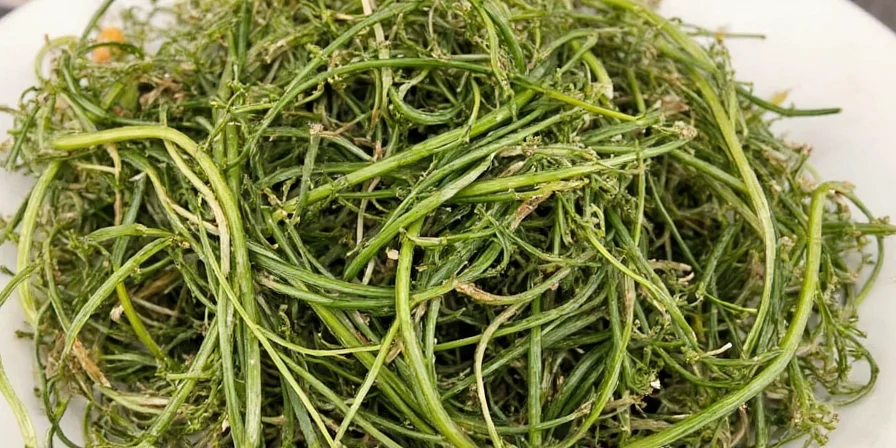
When to Use Each (Practical Guide for Home Cooks)
Stop guessing—use this decision tree for perfect results every time:
- Reach for dried dill when:
- You're making Scandinavian pickles (6+ week infusions)
- Cooking hearty dishes like potato salad or roasted vegetables
- Blooming in oil first (critical for flavor release)
- Choose fresh dill weed when:
- Finishing dishes like borscht or cucumber salad
- Making dairy-based sauces (tzatziki, tarator)
- You need that signature "garden-fresh" top note
Storage Secrets That Actually Work
Most home cooks store herbs wrong—here's how to maximize freshness:
- Fresh dill weed: Store stems in 1" water, covered with perforated plastic bag at 34°F. Refresh water every 12 hours—extends to 7 days (vs 3 days standard)
- Dried dill: Vacuum-seal with oxygen absorber and refrigerate. Avoid clear jars (UV degrades flavor 3x faster). Loses 50% potency after 6 months even when stored properly
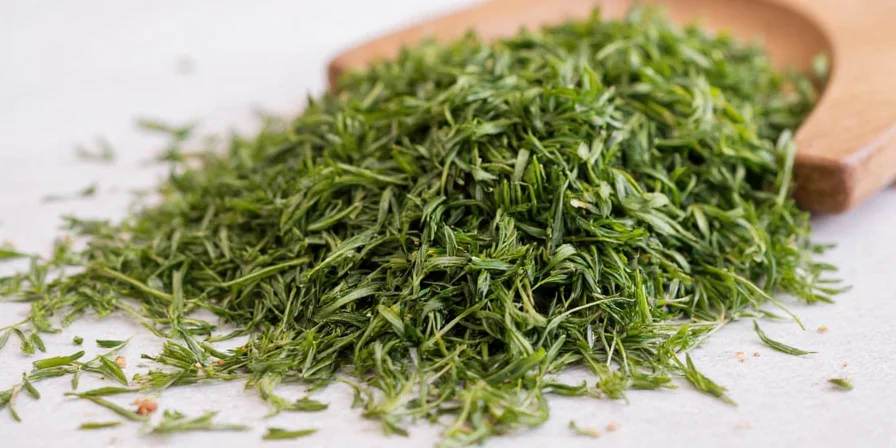
Avoid These 3 Costly Mistakes
- Mistake #1: Using dried dill in tzatziki—it extracts bitterness from degraded compounds
- Mistake #2: Adding fresh dill weed to boiling liquids (destroys 90% of volatile oils)—always use residual heat
- Mistake #3: Treating dill pollen as dill weed—they have completely different chemical profiles and uses
Why Traditional Cuisines Demand Specific Forms
- Scandinavian cuisine: Dried dill's slow-release compounds penetrate deeply during 6-8 week pickling
- Balkan cuisine: Fresh dill weed's enzymatic activity creates the characteristic tang in yogurt sauces
- Georgian cuisine: Toasted dried dill with coriander creates "khmeli suneli"—heat activates dormant compounds
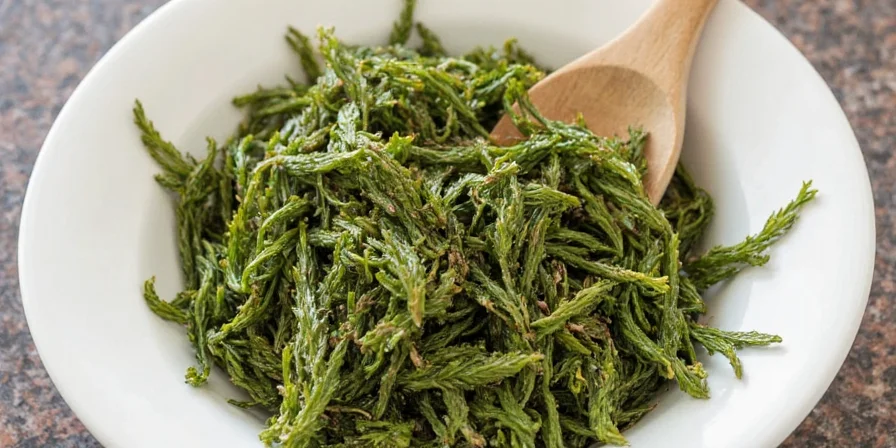
Frequently Asked Questions
Is dried dill the same as dill weed?
No. Dill weed refers to the plant's leaves (fresh or dried), while dried dill specifically means dehydrated leaves. They differ chemically—dried dill lacks the volatile compounds that make fresh dill essential for certain dishes.
Can I substitute dried dill for fresh dill weed in recipes?
Only with precise adjustments: Use 1 part dried dill for every 2.5 parts fresh by volume. Add dried dill early in cooking to release compounds, while fresh dill should be added in the final 2 minutes. Never substitute in traditional recipes where authenticity matters.
How long does dried dill last compared to fresh?
Fresh dill weed lasts 3-5 days refrigerated (7 days with water storage). Properly stored dried dill maintains potency for 6 months. After 12 months, it loses 80% of flavor compounds even when stored optimally.
Why does my dried dill taste weak in sauces?
Dried dill requires fat activation—its compounds are oil-soluble. Bloom it in 1 tsp oil for 60 seconds before adding liquids. Water-based sauces won't extract full flavor, making it seem weak. Always use within 6 months for best results.
What's the critical difference in traditional cuisines?
Scandinavian pickling relies on dried dill's slow-release compounds for deep penetration over weeks. Balkan yogurt sauces require fresh dill weed's enzymatic activity to develop characteristic tang—dried forms create bitterness in dairy applications.
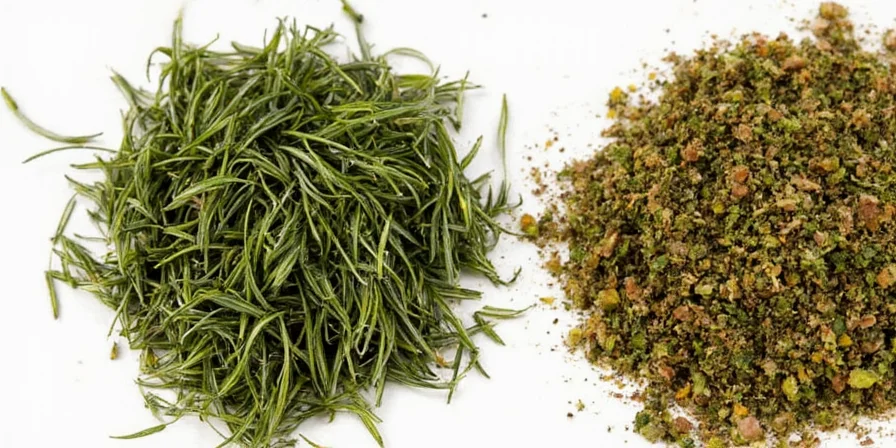

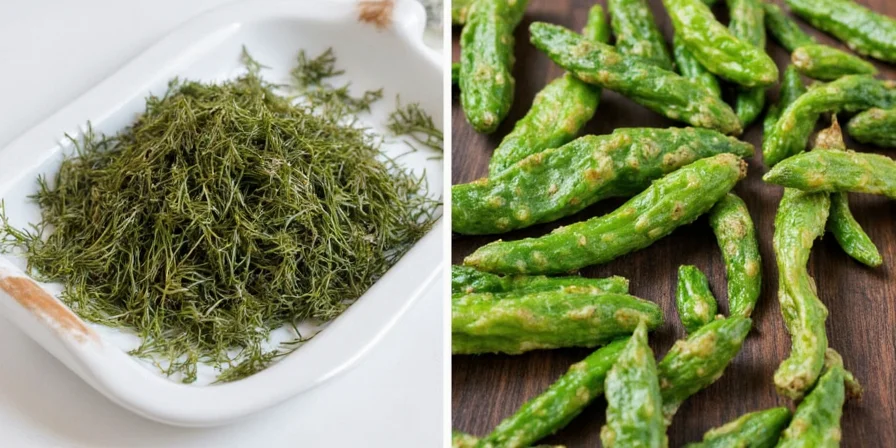









 浙公网安备
33010002000092号
浙公网安备
33010002000092号 浙B2-20120091-4
浙B2-20120091-4